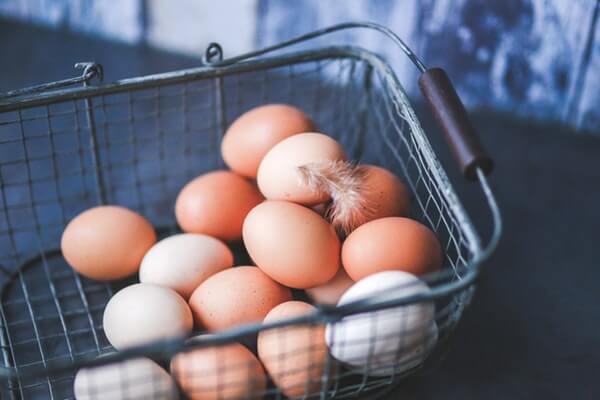Beginner’s guide to egg incubation and hatching

Egg incubation requires the right knowledge and understanding of the conditions that are needed for baby chicks to hatch successfully. With proper preparation, you can get the incubation process off to a good start. Maintaining the right humidity levels and temperatures is also vital. You can find egg incubation equipment for sale on AgriMag.
Storage
When it comes to egg incubation, storage is important. It’s advisable to avoid storing the eggs for more than 7 days before you proceed to the incubation phase. Warm the eggs gradually until they reach room temperature prior to incubating them. Rapid heating can result in a build-up of moisture, which increases the chance of disease.

Preparing the incubator
Once incubation starts, the eggs usually take 21 days to hatch. Proper preparation is essential if you want the eggs to hatch successfully. Switch on the heat source and monitor the temperature and humidity for 24 hours before you start incubating the eggs. This precautionary measure ensures that you can achieve the ideal conditions for the chicks to hatch in. A sponge can be used to alter the humidity levels if necessary. Once you’re satisfied that the conditions are right, you can place the eggs inside the incubator.
Humidity levels
Once the incubation period has started, keep a close eye on the eggs. You’ll need to check the temperature and humidity levels regularly to ensure that they stay on track. If the humidity levels are low, you can add water to the pan to increase the humidity. During the initial 18 days, humidity levels should be between 25% and 60%. Add water on day 18 to elevate the humidity to between 70% and 80% for the last three days. Read the instructions of your specific incubator to determine the best way to maintain the ideal humidity levels. It’s essential to check the water levels frequently to prevent the eggs from drying out. Remember to take into account the humidity levels of your surrounding environment as this will impact the amount of water that is required to maintain the correct humidity inside the incubator.

Turning the eggs
If you’re turning the eggs yourself, there is a specific method that you need to use. Mark one side of the eggs with an X and the other side with an O to keep track of the process. The eggs should be gently turned at least three times a day and more frequent turning is beneficial. It’s advisable for the eggs to have an odd number of turns each day so either 3, 5, 7 are good options. Turn the eggs in alternating directions. Stop turning the eggs on day 18 so that there is no interference before they hatch. It’s important to make sure that your hands are clean before you touch the eggs. You can use an automatic egg turner but make sure that you remove them from the turner for the last three days.
Temperature
Invest in a good quality thermometer to ensure that the ideal temperature is maintained inside the incubator. A digital thermometer is a good option because it’s convenient to read the precise temperature from these devices. You can find a combination of a thermometer and hygrometer, which makes it easy to check the humidity and temperature with one device. The incorrect temperature can have a disastrous effect as it can lead to the death of the baby chicks. Depending on the type of eggs that you’re hatching, 37.5 C is considered to be the best temperature.

From thermometers to egg turners, there is a range of equipment for sale that will help to make egg incubation successful. You can buy a good quality incubator on AgriMag.





